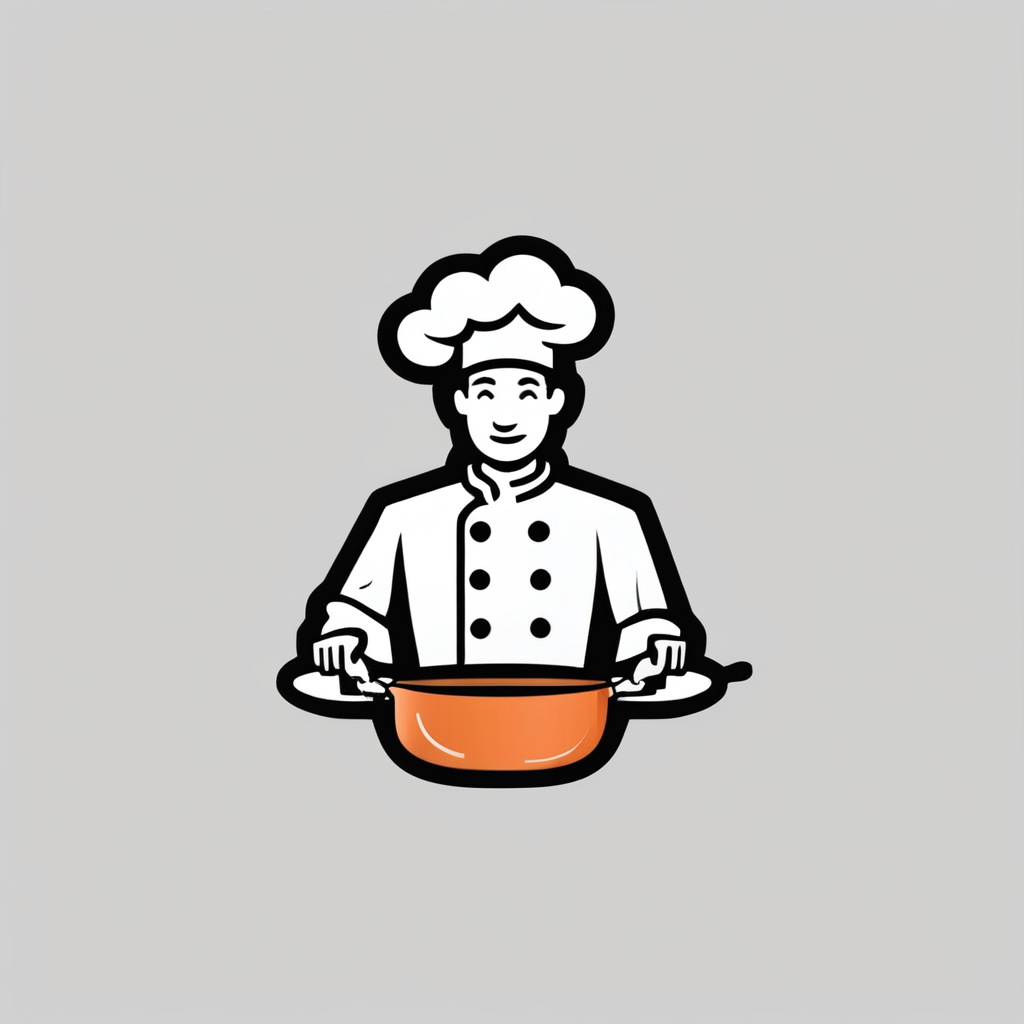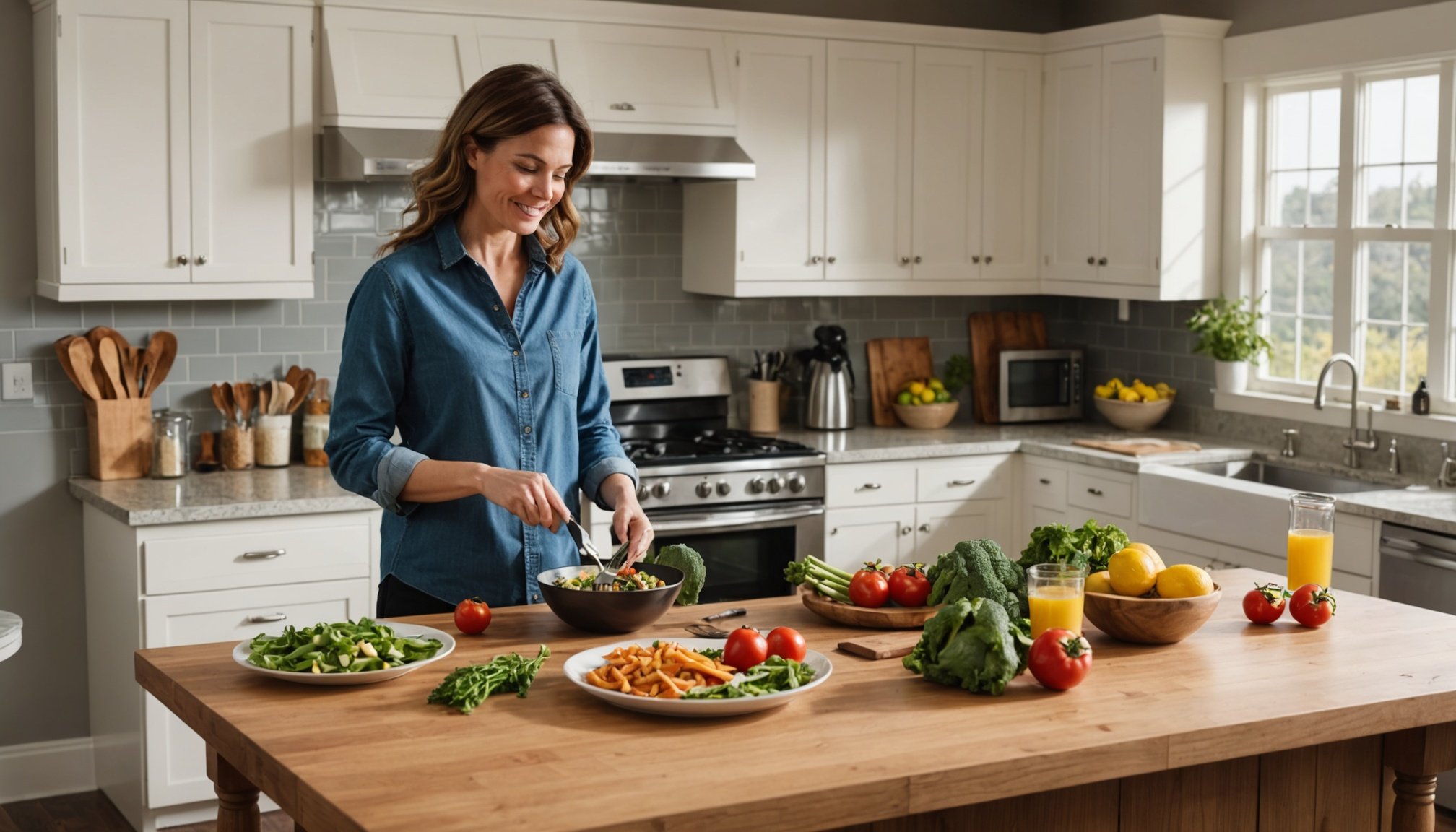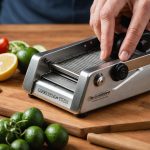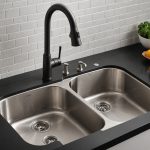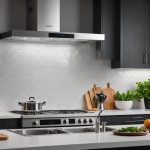Importance of Kitchen Island Positioning
When it comes to optimizing a kitchen layout, the position of the kitchen island plays a defining role in enhancing meal prep efficiency. A kitchen island strategically placed not only maximizes the workspace but also promotes a seamless flow of movement, making meal preparation both efficient and enjoyable.
The positioning influences cooking efficiency by promoting an ergonomic advantage. When placed correctly, a well-placed kitchen island reduces unnecessary movement, allowing the cook to access all vital areas with ease. This setup encourages a more centralized workspace, where reaching out to various tools and appliances becomes intuitive. Ergonomically, the correct height and location of the island can alleviate discomfort and strain, essential for those spending extended periods cooking.
Moreover, a thoughtful kitchen layout can support healthy cooking practices. It can foster a better organization of cooking ingredients, enabling quick and easy access to fresh and nutritious items. By adopting a layout that highlights the meal prep zone, users can streamline the process of preparing healthy dishes. This thoughtful alignment of kitchen elements can motivate cooking enthusiasts to indulge in healthier culinary adventures.
Strategic Layout for Meal Prep
Creating an efficient kitchen workflow begins with thoughtful kitchen island design and space optimization. A key consideration is the triangle design for cooking stations, which involves the stove, sink, and refrigerator forming a triangular path. This arrangement minimizes unnecessary movement, enhancing cooking workflow.
This might interest you : Energize your calorie burning: revolutionize your cooking space with a bluetooth speaker for dancing and musical enjoyment!
Creating a Workflow-Friendly Layout
The position of the island is crucial in maintaining the food prep flow. Placing it correctly can make transitions between different tasks, like washing vegetables or moving ingredients to the stove, smooth and natural. Positioning should also consider surrounding appliances and workstations to ensure accessibility and convenience.
Arranging cooking tools around the island efficiently contributes to improved workflow. Utensils should be within easy reach, and dedicated areas for chopping, mixing, and other tasks should be defined. This organization allows for a more intuitive cooking process, reducing time spent searching for tools or ingredients.
Enhancing Space Utilization
A well-designed kitchen island can also enhance space utilization. Incorporating vertical storage solutions or shelving can offer additional storage without compromising floor space. Multi-functional islands that include features like cutting boards, sink, or extended countertops can further maximize area use and contribute to a seamless meal preparation experience.
Ergonomic Considerations in Kitchen Island Design
Designing with kitchen ergonomics in mind can transform your cooking experience, ensuring comfort and efficiency during meal prep. A critical element is the counter height of your kitchen island, which significantly impacts cooking comfort. Ideally, the height should be adjusted to suit the needs of the primary user, reducing the need to bend or stretch excessively. This ergonomic adjustment helps minimize physical strain, especially during prolonged cooking sessions.
Customizing the island’s features also accommodates different user needs and preferences. Whether you’re left-handed or right-handed, or if multiple family members frequently use the space, tailoring the setup can enhance the overall functionality. For instance, adjustable features like pull-out surfaces or swivel shelves can accommodate diverse cooking styles and requirements, fostering a user-centered design.
Maintaining clear pathways around the kitchen island is vital for accessibility, allowing easy movement and seamless interaction with surrounding appliances and workstations. This not only facilitates a smooth cooking process but also ensures safety, particularly in high-traffic kitchens. By prioritizing these ergonomic considerations, you create a more enjoyable and efficient cooking environment that caters to all users’ needs.
Facilitation of Healthy Cooking Practices
Creating a nutrition-focused kitchen begins with smart choices and strategic placement. Selecting appliances that enhance efficiency in meal prep is vital. For instance, a well-placed steam oven or a high-speed blender on your kitchen island can significantly cut down prep time without sacrificing nutrition. Proximity to the cooking zone should be considered when positioning these appliances to ensure a seamless workflow.
The food preparation zone should be thoughtfully designed, specifically for tasks like washing and prepping fruits and vegetables. This dedicated area, ideally near the sink, should prioritize cleanliness to maintain hygiene, aiding in the preparation of healthier meals. Equip the area with tools such as cutting boards and knife sets that support healthy cooking habits.
Encouraging mindful cooking habits involves reducing distractions around the kitchen island. Utilize meal planning techniques and effective organization to maintain focus while preparing dishes. Maintain a tidy island to promote a more enjoyable cooking experience, and use techniques like planning meals ahead to support a healthy mindset. These practices can help transform your kitchen into a sanctuary for nutritious meal preparation.
Expert Insights and Practical Tips
When it comes to optimizing kitchen islands, expert advice can offer invaluable insights. Incorporating professional kitchen design advice helps ensure that your workspace remains both functional and aesthetically pleasing. Expert meal prep tips suggest arranging your tools and ingredients methodically. Start by prioritizing cooking efficiency strategies, focusing on simplifying tasks and reducing clutter.
Recommendations from Culinary Experts
Culinary professionals often emphasize the importance of adaptable island setups. Versatile designs can accommodate various cooking styles, enhancing your meal prep experience. Experts recommend features like adjustable shelves or pull-out drawers to keep essential items within easy reach.
Best Practices for Maintaining an Organized Space
Organizing your kitchen doesn’t end at arrangement; maintaining it is equally crucial. Focus on decluttering regularly and reassessing your setup to align with evolving needs. Using storage containers and labels can aid in retaining an organized workspace.
Expert Suggestions for Adaptation
For those looking to upgrade their current kitchen island, experts suggest minor yet effective adjustments. Consider installing mobile elements or adding additional lighting to further facilitate cooking tasks. These adaptations can significantly enhance your kitchen’s efficiency and encourage a more enjoyable cooking routine.
